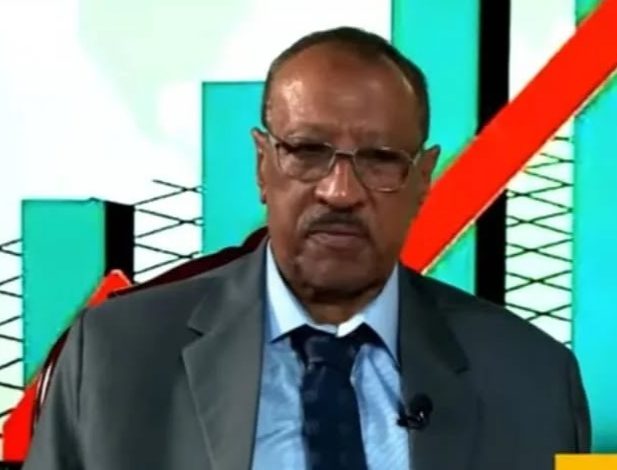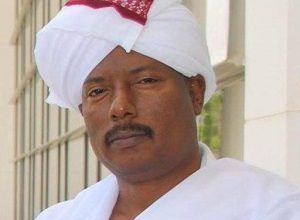Opinion
Insights into the book: Treating Poverty as an Introduction to Development in Sudan

Associate Professor – Ali Mahjoub Atta Al-Mannan
The Author of the book is: Dr. Abdul Rahman Ahmed Al-Khidr
He is a man known for his high ambition, insistence on achievement, and unwavering determination. He was assigned several tasks related to managing the affairs of society, and in every one of them he innovated and accomplished what would improve the situation and facilitate life’s problems.
He was imprisoned without a crime in 2019 and spent four years there, during which he did not surrender to frustration and a sense of injustice of detention and then the woes of war.
Rather, he directed his efforts directly to what would benefit people. He devoted himself to studying his experience in governing the states and selected the most prominent problems he encountered as a social issue that disrupts the movement of society towards a better life and sustainable development. He saw that the issue of poverty is the most influential reason on the path of society towards a better life and a society that seeks sufficiency of the basics of life to set out towards building a future free from the restrictions that stand in the way of building the foundations of sustainable development.
From his prison, he devoted his time to research and investigation into the causes and factors of the problem.
He sought to provide references as secondary sources for the research and conducted interviews with experts and specialists as primary sources for the research. Then he devoted himself to writing his book entitled:
Treating Poverty: An Introduction to Development in Sudan, Diagnosis and Contribution to Treatment Methods.
The book consists of 400 pages and four chapters, each chapter contains chapters and topics, which dealt with the conceptual framework of the term poverty in language and terminology and its concept in the literature of international development. The author talked about strategies for addressing poverty between the global view of poverty and the reality of local treatments for this thorny problem through practical practice.
From this perspective, the book discussed the efforts of successive Sudanese governments and their strategies to combat the problem of poverty in Sudan.
The author of the book had the most important role in trying to address it between theory and application.
Therefore, the book was not just theorizing and assumptions, but rather gathered its material from the reality of practical practice.
The author expanded on analyzing the problem and addressed some of the live practical experiences in this field.
He presented the experiences of China, Bangladesh and Brazil as positive experiences that greatly contributed to moving their societies from subsistence to sufficiency.
The author traveled to some of these experiences himself to get to know them closely when he was an executive official, which supported his vision of the solutions that the author sees as effective in combating poverty.
The book is an in-depth study of the causes of poverty in Sudanese society and highlights the efforts made practically to combat it or reduce its level among members of society and the exit of many of them from the circle of receiving to the circle of giving.
The chapters and discussions of the book were taken up by the central issue of the book, but part of the title of the book did not find enough study, which is related to the phrase (An Introduction to Development in Sudan). The author did not focus much on this part, as addressing the issue of rising from poverty to savings is the gateway to development, as there is no economy without savings and no savings with poverty.
In general, the book is worth reading and contemplating,particularly with the increase in the area of poverty, which has spread to most of the productive sector of the people of Sudan due to the rebel war that has destroyed everything green and dry and left nothing behind.
Those who wish to obtain a copy of this valuable book should visit the Sudanese-Egyptian Integration Center at 25 Dokki Street, Giza.



